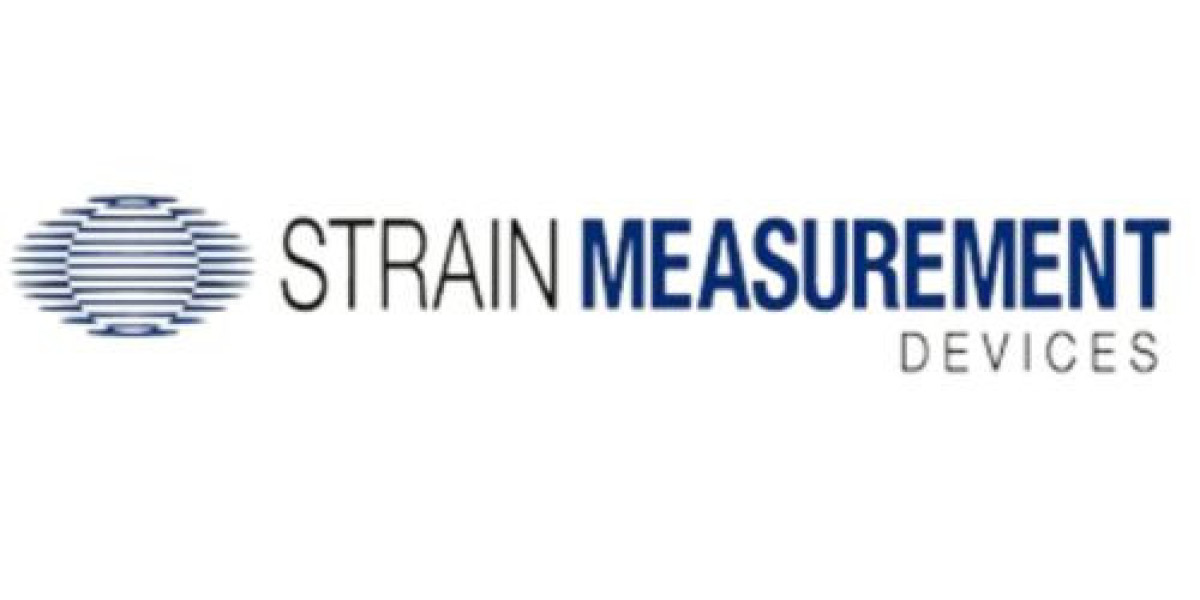Load cell sensors are crucial components in various industries, providing precise measurements of force, weight, and pressure. Whether you're in manufacturing, aerospace, or even the medical field, understanding how load cells work and their applications can help you make informed decisions for your projects. This article delves into the basics of load cell sensors, their types, and their diverse applications.
What is a Load Cell Sensor?
A load cell sensor is a transducer that converts mechanical force into an electrical signal. It is a type of sensor specifically designed to measure weight or force and is widely used in scales, force measurement systems, and industrial equipment. The basic principle behind a load cell is that it converts a physical load into a measurable electrical signal, which can then be interpreted by various systems.
How Do Load Cell Sensors Work?
Load cells operate based on the principle of strain gauges. Here’s a simplified overview of how they work:
Mechanical Load: When a force is applied to the load cell, it generates a mechanical deformation.
Strain Gauge: The deformation is measured by strain gauges bonded to a metal element (often called a “beam” or “spring element”). These gauges are sensitive to strain and convert mechanical deformation into an electrical resistance change.
Signal Conversion: The change in resistance produces a small electrical signal, which is then amplified and converted into a readable measurement.
Output Signal: The resulting electrical signal corresponds to the magnitude of the force applied, which can be displayed or processed by a computer or control system.
Types of Load Cell Sensors
Understanding the basic operation of load cells sets the stage for exploring their different types and applications. In the next article, "Types of Load Cell Sensors: A Comprehensive Guide," we will dive into the various load cell designs, such as:
- Strain Gauge Load Cells
- Hydraulic Load Cells
- Pneumatic Load Cells
- Capacitive Load Cells
- Optical Load Cells
Each type has unique characteristics that make it suitable for different applications.
Applications of Load Cell Sensors
Load cell sensors are versatile and find applications in many industries. Here are some common uses:
1. Industrial Weighing Systems
Load cells are a fundamental component in industrial weighing systems, including:
- Platform Scales: Used for weighing large quantities of goods.
- Bench Scales: Used for smaller, more precise measurements.
- Load-Bearing Equipment: Ensures that structures and machinery can support specified weights.
2. Automotive Industry
In the automotive sector, load cells are used for:
- Vehicle Testing: Measuring forces during crash tests and component testing.
- Suspension Systems: Testing and calibrating vehicle suspension systems.
3. Aerospace Engineering
Load cells play a role in:
- Structural Testing: Ensuring the integrity of aircraft and spacecraft components.
- Load Monitoring: Measuring forces during tests and simulations.
4. Medical Devices
In the medical field, load cells are used in:
- Patient Weighing Scales: For accurate and reliable weight measurements.
- Surgical Equipment: Measuring forces in delicate surgical procedures.
5. Food and Beverage Industry
Load cells ensure quality and consistency in the food and beverage industry by:
- Ingredient Weighing: Accurately measuring ingredients during production.
- Packaging: Ensuring that packaging processes meet weight specifications.
6. Retail and Commercial Scales
Retail scales and commercial applications use load cells for:
- Checkout Scales: Ensuring accurate pricing based on weight.
- Shipping and Receiving: Weighing products and packages.
Benefits of Using Load Cell Sensors
Load cells offer several advantages that make them a preferred choice for various applications:
- Accuracy: Load cells provide precise and reliable measurements.
- Durability: Designed to withstand harsh environments and high loads.
- Versatility: Suitable for a wide range of applications from industrial to medical.
- Scalability: Available in various sizes and capacities to meet different needs.
Conclusion
Load cell sensors are essential tools for measuring force and weight across many industries. By understanding their basic principles and diverse applications, you can better appreciate their role in ensuring accuracy, reliability, and efficiency in various processes.
In the next article, "Types of Load Cell Sensors: A Comprehensive Guide," we will explore the different types of load cell sensors available, helping you choose the best one for your specific needs.








